A French fashion house founded in 1952, the Chloé brand is part of the prestigious Richemont Group specialising in luxury goods.
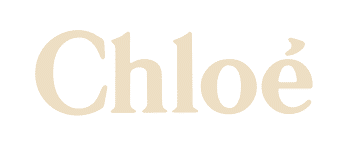
1) Why did you choose Teach on Mars for your digital learning programme?
The project is a central component of a wider transformation of our whole approach to learning within the fashion house: this includes launching the Chloé Academy, overhauling the LMS, setting up a training community, updating the catalogue and so on. The launch of the application has allowed us to be much more consistent and to standardise our dialogue with all targets: initially stylists in our own stores, and at a later date the wholesale side of the business (multi-brand resellers), as well as the personnel in our various offices around the world, so around 1200 people in total.
The principle of a native application such as Teach on Mars allows the company to offer an elegant and personalised mobile-first experience to these widely dispersed groups. “The application means that we can reconnect everyone with the product and with the creative department, regardless of the employee’s geographical location, whether it’s China, the USA or France. The app has allowed us to fully standardise our offering in all local languages. The news feed in the app also allows us to communicate more naturally with our population of stylists,” explains Jules Robert-Le Hérissé, Head of International HR Development at Chloé.
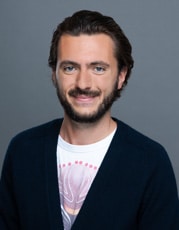
The themes of the training courses have initially focused on products (to support the launch of handbags and ready-to-wear collections), followed by a second phase devoted to digital topics (to accompany deployment of the CRM strategy). A new project on feedback will be started shortly, with an application dedicated to this theme and face-to-face training sessions. The Chloé Academy application will then offer tips & tricks to encourage behavioural changes in certain HR and management practices, including concise and functional appropriation modules.
However, what makes this learning approach really revolutionary is the business orientation of the solution. “We love how easy the dashboards are to use and how they track data. The dashboards and KPIs are living proof of the relevance of the application, and of what we’ve created in terms of a learning approach,” says Jules.
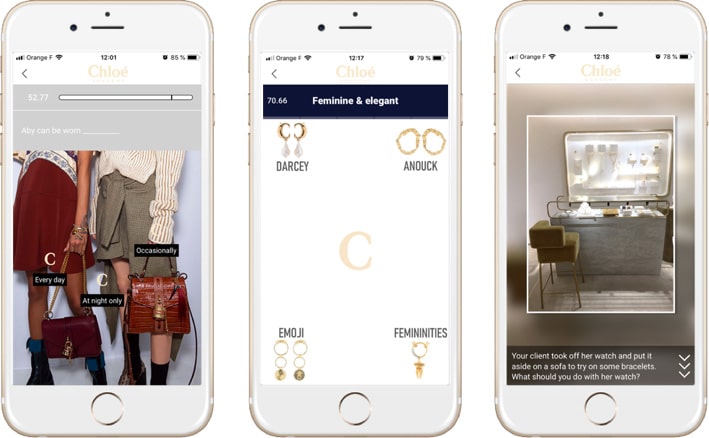
2) How did you roll out the system? What feedback have you had from users?
There’s no big secret to this, you have to get out on the ground. We organised a series of roadshows:
- A pre-roadshow in Japan with a near-final version of the application in order to get feedback which allowed us to make “the final adjustments before the global big bang which led to pretty crazy KPIs right from the very first weeks!“
- A second roadshow in China, Hong Kong and Europe including a visit to around twenty retail outlets, once again with the aim of collecting valuable feedback from users: “we operated by iteration, in accordance with the “test & learn” principle,” explains Jules.
- A third roadshow is planned for the United States this autumn and will include deployment of the application to the wholesale business.
In each country and shop visited, the application has always proved highly successful, securing an impressive retention rate.
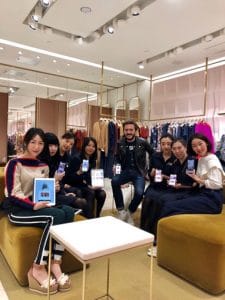
- Reached target : 96%
- Average training time : 42 minutes
- Retention rate : 99%
- Completion : 94%
- 3 continents in 6 months
- 3 words to sum up the project :
- transformation
- speed
- commitment
“The great strength of Teach on Mars is its excellent agility. The solution allows superb integration of learner needs.” Jules Robert-Le Hérissé.
3) What was the best bit about putting the project into practice?
“We fell in love with Veronica, our project manager! No, but on a more serious note: Teach on Mars offers a really solid and sequential methodology with the Gantt chart making it easy to identify next steps. In terms of the tool itself, the dashboard function is highly practical for performing all statistical tracking, it’s very quick to release and highly visual unlike our own LMS. Once the tool and back office for design of content have been mastered, everything happens very quickly. In the end, we decided to use the design templates (Editor’s note: Excel spreadsheet) and not the authoring tool, even though we were initially a bit afraid of the Excel route,” enthuses Jules.
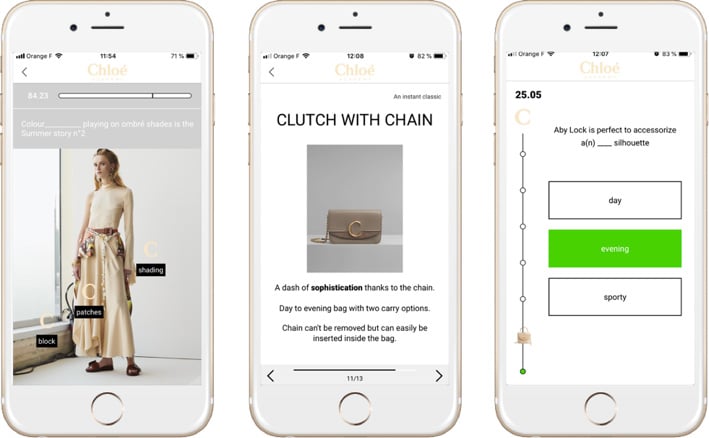
4) What advice would you give to a project manager starting up their own programme?
Jules recommends setting up a fairly broad-based steering committee with end-users introduced early in the process to ensure that the “theoretical work is in line with the reality on the ground.”
The pre-roadshow is also a great idea because it allows the launch of a “teaser for the application. Even though in the end we made only minimal adjustments between V0 and V1, our stakeholders felt incredibly engaged and immediately downloaded the app as soon as it was officially launched.”
A point of vigilance that will surprise no one: make sure your internal IT department is on board so they can resolve any open questions, prepare interfaces and technical points requiring approval during the project.
5) What are you particularly proud of?
We won the “2019 Digital HR Team Trophy” awarded for the cross-functional aspect of the project, which combines a blended learning model consisting of a dedicated and innovative application coupled with face-to-face training. This total and wide-ranging approach to the project was especially appreciated, thanks to the Teach on Mars tool and its amazing KPIs. This has been a powerful lever for internal communication, especially in relation to senior managers: “this award is recognition that we’re the best players in the industry when it comes to training!” says Jules.
6) Your project in three key words?
- Transformation: it’s a programme that supports the more general transformation of the fashion house and our retail business.
- Speed: the ground we’ve covered in just one year is spectacular.
- Engagement: penetration, retention and completion rates have never been so good!

Cornélia a enfilé sa tenue de cosmonaute en 2017. Après 5 années au service des clients de Teach on Mars en tant que Customer Success Manager, Cornélia prend une nouvelle trajectoire en pilotant les projets de communication & marketing, ses premiers amours, toujours avec l’ambition d’explorer la galaxie !


![[Mobile Learning Awards] Spotlight on IWC, winner of the Deployment Award, best practices guide](https://www.teachonmars.com/wp-content/uploads/2024/05/Visu_BestPracticesGuide3-400x250.png)
![[Mobile Learning Awards] Spotlight on Diptyque, winner of the Integrated Training Award, best practices guide.](https://www.teachonmars.com/wp-content/uploads/2024/04/visu_BestPracticesGuide2-400x250.png)
![[Mobile Learning Awards] Spotlight on Le Bon Marché, winner of the Native Training Award, best practice guide](https://www.teachonmars.com/wp-content/uploads/2024/03/Visu_BestPracticesGuide1-1-400x250.png)